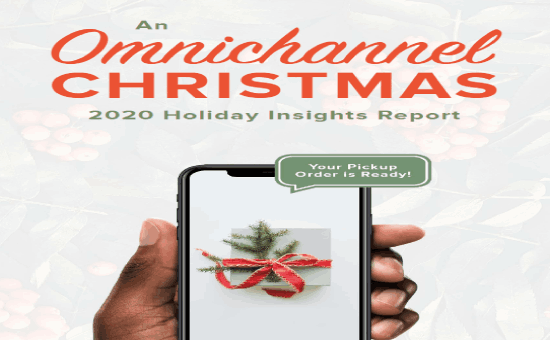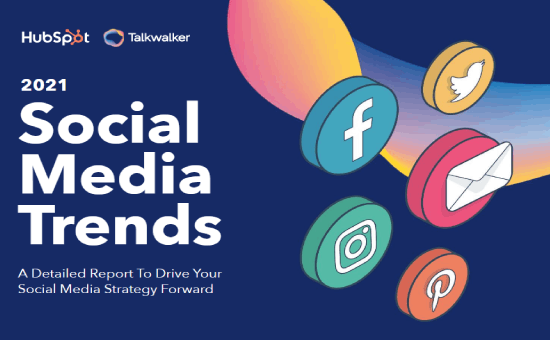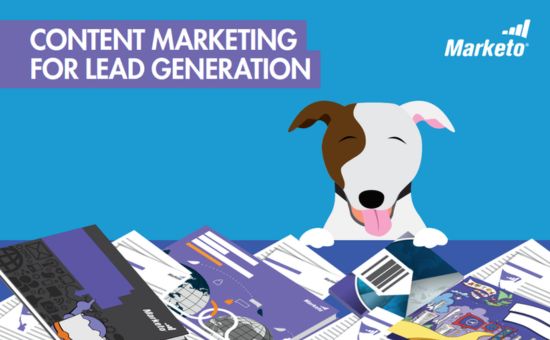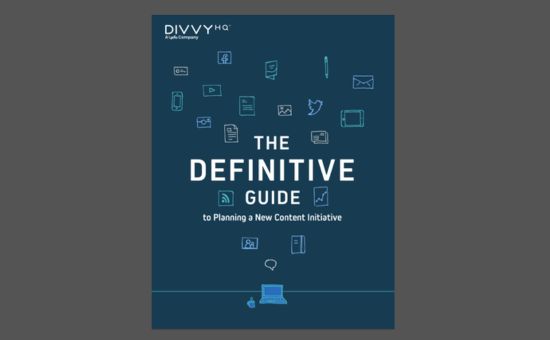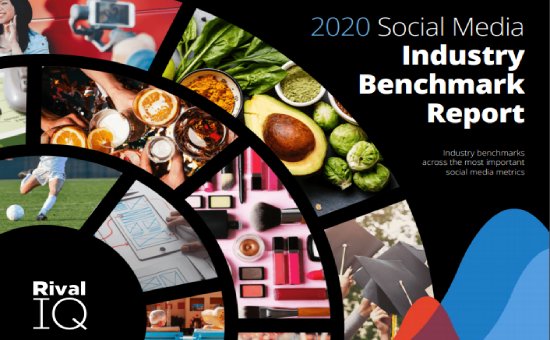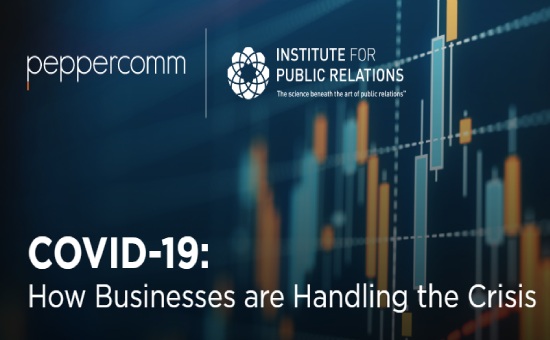Influence and impact: The true measures of successful content | Longitude
Content Marketing
When I write an advertisement, I don’t want you to tell me that you find it ‘creative’. I want you to find it so interesting that you buy the product.
David Ogilvy, Ogilvy on Advertising
The most effective B2B content and messaging doesn’t just inform or showcase creativity—it inspires and influences its audience. Yet, the true meaning of influence is often misunderstood. What does it mean to truly influence an audience? What outcomes are we aiming for? How do we achieve this, and how can we measure its success? To address these questions, we delved into research on influence, from storytelling techniques to behavioral economics and persuasion strategies.
In this guide, we combine these insights with a decade of experience crafting impactful B2B content campaigns to offer a practical approach to creating truly influential content.
What do we mean by ‘influence’?
Influence is about encouraging your audience to think or act differently regarding your brand. The specific thoughts or actions you aim for will depend on your campaign’s primary goal.
From our perspective, B2B content typically has one of four main objectives:
- Reposition the brand: Shift perceptions, build new associations, or attract a different audience.
- Raise awareness: Increase visibility and make your core offering and its benefits better known.
- Ignite commercial conversations: Generate demand, initiate new business relationships, and support sales efforts.
- Build advocacy: Strengthen ties with existing customers or other key stakeholders.
Your influence should align with the core objective of the content. The action or mindset shift you’re trying to inspire must directly relate to the campaign’s purpose. For example, expecting users to fill out a lead form when your content’s goal is brand repositioning is misaligned—audiences will likely want to learn more before taking such a step.
Influence relies on trust
Changing how an audience thinks or behaves requires trust between the content creator and the audience. Frances Frei and Anne Morriss, writing for the Harvard Business Review, identify three key elements of trust:
- Authenticity – Being genuine and offering the audience the “real you.”
- Logic – Presenting sound, well-reasoned arguments.
- Empathy – Demonstrating that you care about your audience’s success.
Creating influential content requires balancing these three elements. Too often, B2B content leans heavily on logic and neglects empathy, making it feel disconnected. While logical reasoning is essential, it needs to be paired with empathy to build rapport. Authenticity is also critical—let your brand’s unique personality shine through to form a genuine connection with your audience.
Learn from the copywriters
The five stages of creating influential content
Advertising copywriters have valuable insights into audience influence, and one of the most notable was Victor Schwab, a prominent figure in the field for over 40 years. In his book How to Write a Good Advertisement, Schwab outlines five essential principles for effective copywriting:
- Capture attention
- Highlight an advantage
- Provide proof
- Convince the audience to recognize the advantage
- Encourage action
Although Schwab specialized in mail-order advertisements during the early 20th century, his straightforward approach remains relevant today. In this ebook, we delve deeper into each of these five stages and explore their significance in today’s marketing landscape.
Ready to enhance your B2B content strategy? Discover how to truly influence your audience and drive meaningful engagement. Continue reading and download the complete guide now!
Related guide: B2B Content Marketing Benchmarks, Budgets, and Trends: Outlook for 2024 | Content Marketing Institute
Table of Contents of “Influence and impact: The true measures of successful content” Guide:
- 1. What do we mean by ‘influence’?
- 2. Learn from the copywriters
- The five stages of creating influential content
- Longitude’s SURE framework
- How to get attention
- 3. How do you know if it has worked?
Number of Pages:
- 32 pages
Pricing:
- Free
